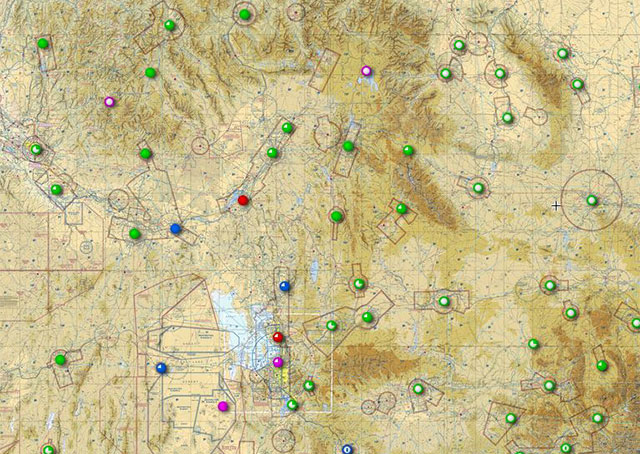Spread the weather word
Non-federal AWOS owners encouraged to join network

If your local airport has an automated weather station but the data stays local, you might be able to help yourself—along with other pilots, weather forecasters, and others—by encouraging the airport management to share that data.
Many automated weather stations installed by airport operators across the country broadcast on local VHF frequencies and over telephone lines, but the data never makes it into the FAA distribution system. AOPA has worked with the FAA to help cut through the confusion of adding a local weather station to the network, a step that makes local weather information much more widely available, and also helps make forecasts more accurate.
AOPA Alaska Regional Manager Tom George and Air Traffic Services Senior Government Analyst Melissa McCaffrey collaborated with the FAA staff responsible for non-federal weather stations to help the FAA create a handy reference explaining how to go about adding a non-federal station to the system. That document includes a list of third-party providers authorized to collect data from non-federal stations and relay it to the Weather Message Switching Center Replacement System, which connects all of the federally installed stations and ultimately facilitates dissemination of surface observations through online flight planning applications and related weather services.
“Having access to more observations is a benefit to pilots when it comes to validating forecasts, and understanding how a weather system is developing,” McCaffrey said, adding that it helps forecasters develop more accurate predictions based on a more complete assessment of current conditions.
Connecting a non-federal AWOS is not free, though it can help individual airports better serve the aviation community.
“There are costs involved in adding this service,” George said, “however, there are a number of different service providers, so AWOS owners are encouraged to shop around.”
Free programs like SkyVector allow pilots to access real-time weather provided through the federal system. Users can also check the FAA website to see if automated reporting is available from a given location. If a given airport has an automated station (it must be an AWOS 3 or better) but the data is not available through the FAA network, pilots may want to bring the matter to the attention of airport management, and the document prepared by FAA (with the help of AOPA staff) will answer the important questions.



